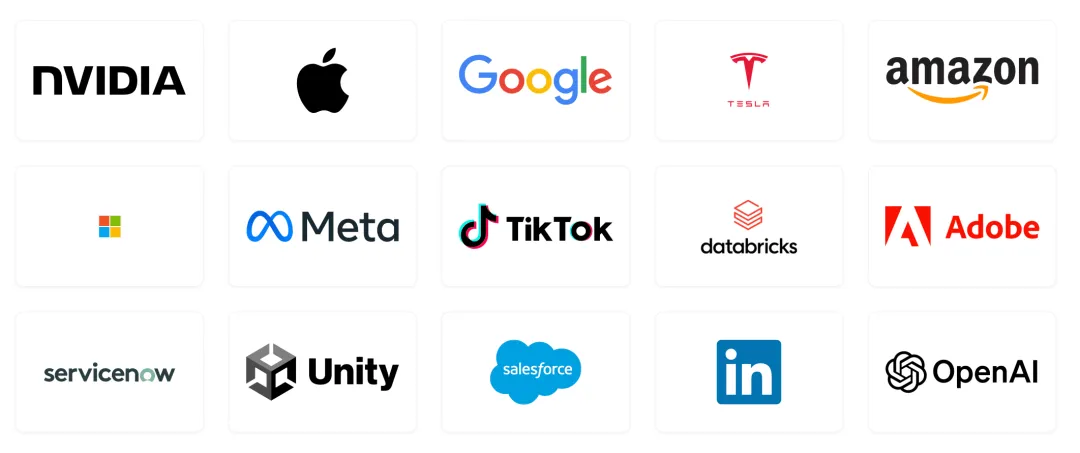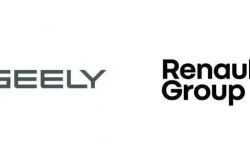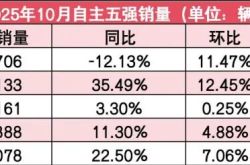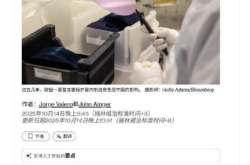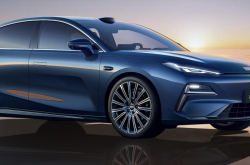Dialogue with a Former Tesla Engineer: Exclusive Insight into Tesla's Master Plan Part IV – Unveiling the Ambitious Blueprint Behind 10,000 Words
![]() 09/04 2025
09/04 2025
![]() 595
595
A trillion-dollar automaker is diving headfirst into robotics. Is this Musk's technological utopia or the next decade's greatest industrial opportunity?
On September 2, Tesla unveiled "Master Plan Part IV," a long-awaited strategic document that completely redefines the company's identity, shifting from an "electric vehicle manufacturer" to a visionary pioneer. 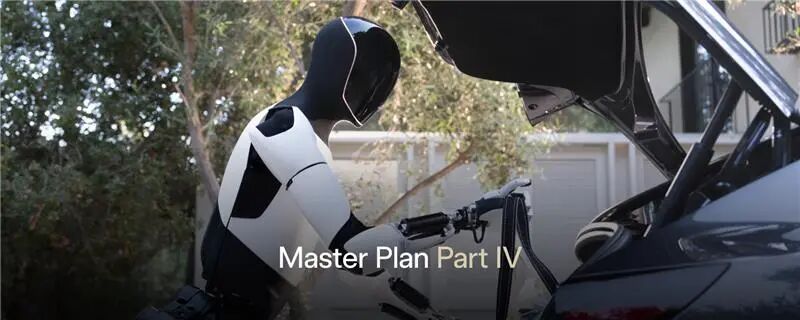
Wall Street's muted response, with Tesla's share price rising only 0.8%, belies the magnitude of the industrial transformation brewing beneath the surface.
Today, I have invited a former Tesla engineer to dissect this plan, shedding light not just on Tesla's future but also on how we should perceive the convergence of technology, industry, and capital in the coming decade.

Tesla's Master Plan series reveals a steady expansion of its strategic vision:
Part I (2006): Establishing the feasibility of electric vehicles, transitioning from high-end to mass markets
Part II (2016): Expanding into energy ecosystems and autonomous driving
Part III (2023): Envisioning global energy electrification
Part IV (2025): Deeply integrating AI with the physical world to achieve "Sustainable Abundance" 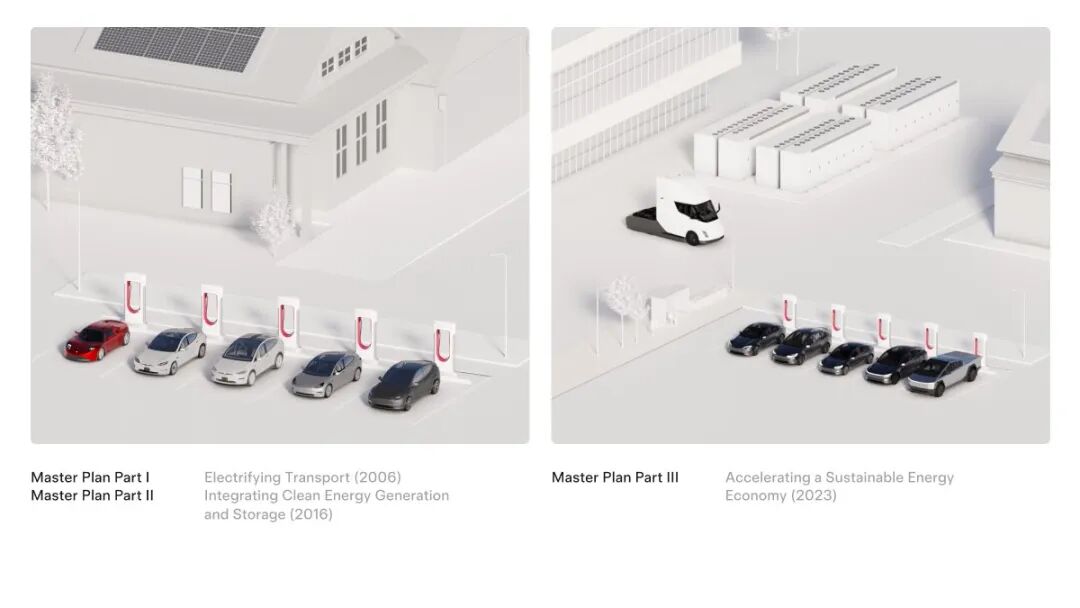
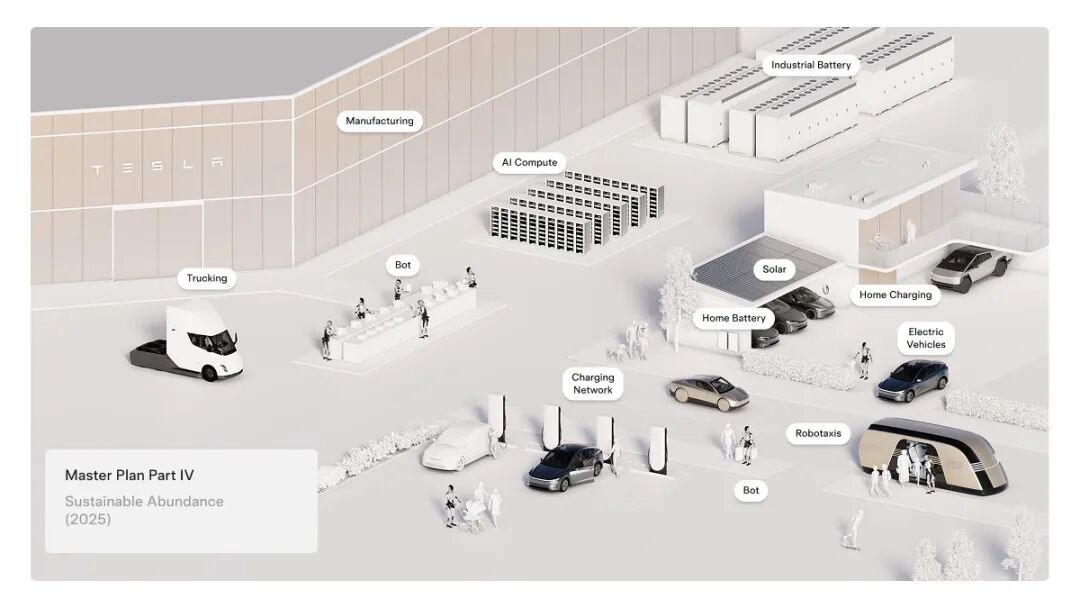
This is not merely a business expansion; it's a philosophical shift in Tesla's approach.
Prior plans focused on "sustainable energy," addressing the environmental crisis caused by fossil fuels. In Part IV, Musk introduces an even grander concept: "Sustainable Abundance."
To achieve this, Tesla outlines five guiding principles:
Unlimited Growth: Technological innovation breaks resource constraints, enabling growth without trade-offs.
Innovation Eliminates Limits: Continuous technological breakthroughs shatter physical boundaries (e.g., battery limitations, energy efficiency).
Technology Solves Practical Problems: Focus on core technologies like solar energy, energy storage, autonomous driving, and Optimus, addressing real-world issues like traffic safety, hazardous labor, and energy shortages.
Automation for All: Ensure technological progress enhances universal well-being, not just benefits a few.
Popularization Drives Growth: Mass-produce high-tech products at affordable prices, democratizing technology for society's benefit.
Musk's "Sustainable Abundance" vision redefines capitalist growth's potential.
For 200 years, economists believed limited resources constrained economic growth. Musk argues that AI and robotics can transcend "zero-sum" growth logic, creating a symbiotic state of unlimited resources and zero environmental burden.
For investors, this shift means investing in Tesla is no longer about cars but about an integrated "AI + Energy + Robotics" ecosystem.

Tesla's future hinges on two technological pillars: the humanoid robot Optimus and autonomous Robotaxi.
Musk states that 80% of Tesla's future value will stem from Optimus. This assessment is based on the humanoid robot market's massive potential, projected to reach $5 trillion by 2050, surpassing the current $3 trillion global automotive market. 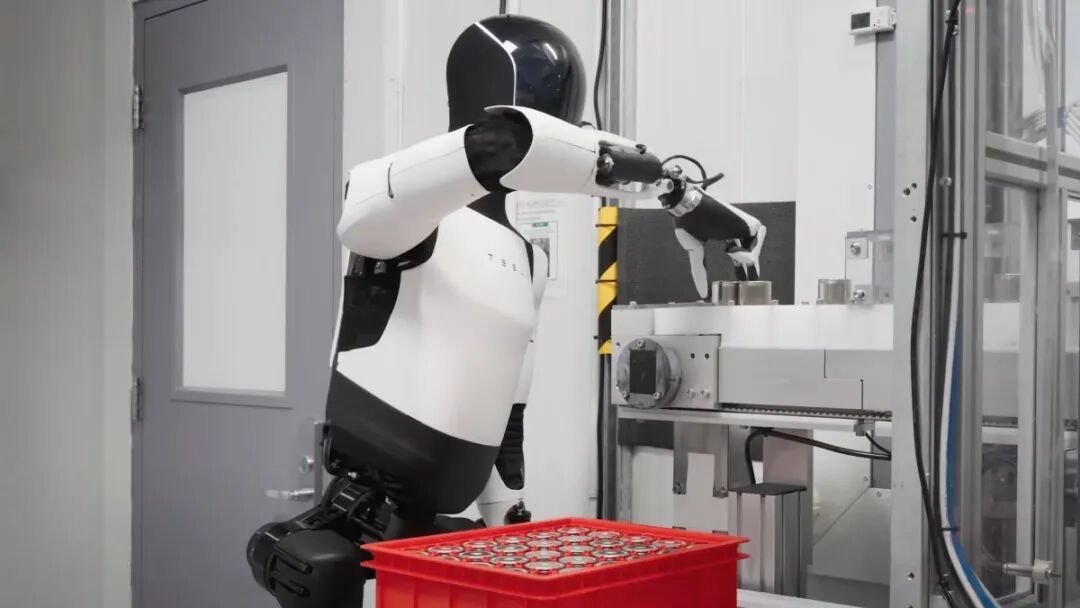
Tesla's aggressive plan: Optimus Version 3 Prototype by late 2025, mass production in 2026, targeting 1 million units annually by 2030.
This timeline raises doubts among analysts but underscores a qualitative shift in technology integration.
While earlier plans expanded autonomous driving (Part II) and energy networks (Part III), they remained "application-focused." Part IV, leveraging AI as the underlying technology, achieves "deep integration of AI and the physical world" through Optimus.
Tesla aims to transfer automotive production expertise (e.g., 4680 batteries, super-large die-casting machines) to robot manufacturing, feeding autonomous driving algorithms (FSD) back into robot perception, forming a "Automotive - Energy - AI - Robotics" technology loop.
However, investors should consider Tesla's ability to maintain leadership in the competitive robotics sector.
Tesla's vertical integration – from chip design to neural network training, battery systems, and large-scale manufacturing – sets it apart, positioning it as one of the few companies mastering the entire industry chain.
In autonomous driving, Tesla transitions from technology verification to full commercialization:
Launched Robotaxi services in Austin, Texas
Plans to expand to the Bay Area and other states by 2025
Aims to increase vehicle usage efficiency by 5-10 times
Autonomous driving's commercialization may achieve profitability sooner than robots. Musk calculates that a traditional car's weekly usage is 10 hours, while a Robotaxi's can reach 80-100 hours, revolutionizing transportation efficiency. 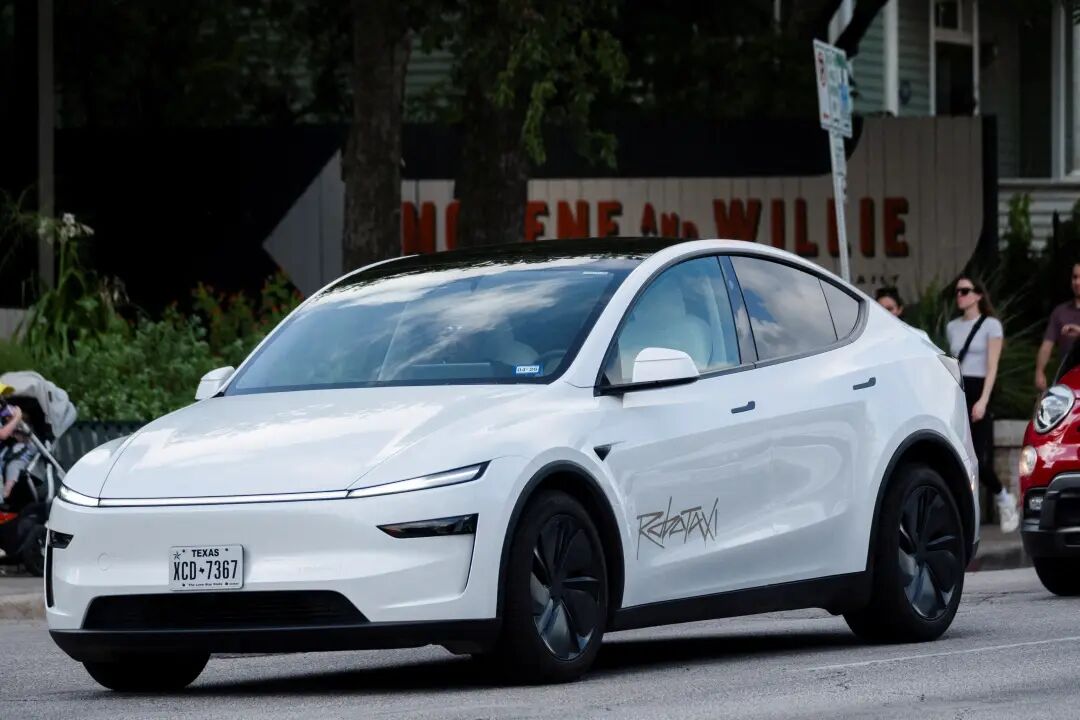
As cars become mobile AI terminals and robots household essentials, traditional industry boundaries will be redefined.

However, grander visions invite greater skepticism. As a former Tesla engineer, our expert cautions investors to consider past performance. Musk's unfulfilled promises, from autonomous driving to clean energy, erode trust, making new plans seem risky.
Recall the "Master Plan 2.0" in 2016, where Musk promised electric semi-trucks and driverless taxis. A decade later, electric buses remain conceptual, and he admits, "These products haven't reached the market." 
Ironically, Tesla's Cybercab (Robotaxi), announced for 2024, won't enter mass production until 2026 at the earliest, while China's "Luobo Kuaipao" entered trial operations in Wuhan in July 2024, a two-year lead.
The solar roof business, promoted for a decade, contributes less than 5% of revenue, with multiple price hikes lowering market acceptance. Part III's "240TWh energy storage, 30TW renewable power generation" is criticized as "pie in the sky" due to "lack of execution paths."
As Electrek sharply notes, many of Musk's plans resemble "marketing declarations rather than implementable strategies." Repeated "wolf cries" erode confidence in "Master Plan IV."
Optimus, tasked with shouldering 80% of Tesla's value within years, faces significant uncertainties in technological maturity, mass production, and market acceptance.
Is this leap from "sustainable energy" to "sustainable abundance" Musk's visionary stride or another unattainable dream? Time will tell, but Tesla's fate is now tied to humanoid robots.

Musk once said, "The future is already here, it's just unevenly distributed."
Whether Tesla's Master Plan Part IV fully materializes, it outlines a future where AI deeply integrates with the physical world, reshaping the global economy and creating/destroying investment opportunities.
At this technological inflection point, in-depth conversations with frontline experts driving innovation are invaluable. When your team debates technology routes, investment decisions hang in the balance, or product strategies are unclear, remember experts have traversed these paths. Silicon Rabbit connects you with over 30,000 senior executives, core technology experts, university professors, and Silicon Valley entrepreneurs, offering firsthand insights from industry transformers. 